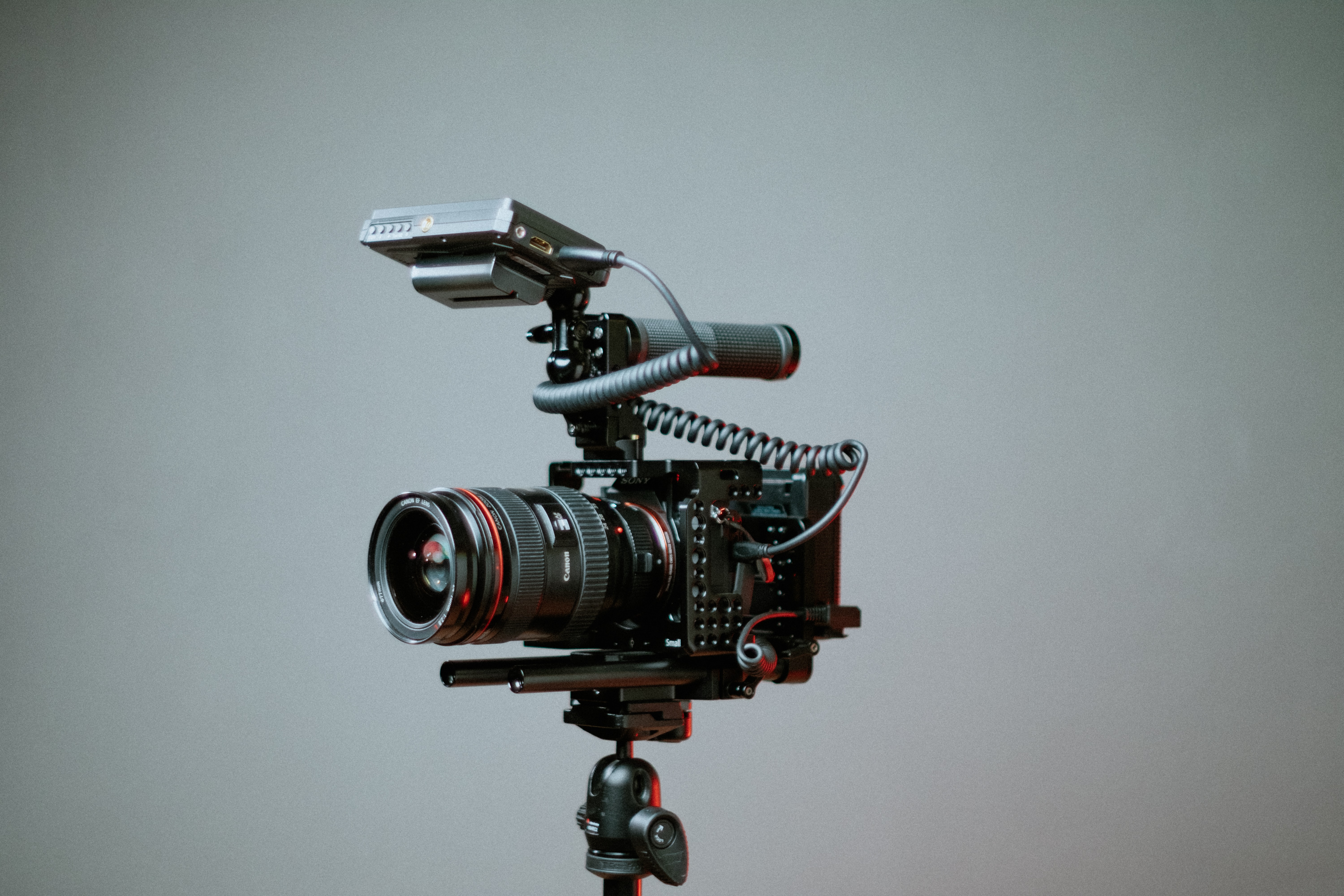What is the Freeze Frame in Film & How are Free Frames Created?
The freeze frame creates the illusion of a scene frozen in time all be it for just a very brief moment but can have powerful effects. Freeze frames in film are often used to attract the attention of the audience adding emphasis to a particular element, but they can be used for so many other purposes. What is the freeze frame in film, why are freeze frames so important, and how are they created?

What is a Freeze Frame?
The freeze frame is just like it sounds, a frame that is frozen in time for a brief period so that the still shot creates a powerful effect in which the audience’s eyes cannot help but to be attracted to the moment. Freeze frames represent a powerful editing technique that may sound simple to create, but to get the right look it takes a bit of practice. You can’t just stop the image and expect the best. The freeze frame effect requires careful planning to ensure the most profound effects are achieved.
The freeze frame freezes the video frame within a particular shot or scene just for a moment. The result is that the movement taking place within the video is stopped, all be it just for a moment, drawing attention to what’s on screen. The moving picture is thus converted, in video editing, into a still shot similar to what would be achieved by a photographer rather than a cinematographer.
Why are Freeze Fames Important in Filmmaking?

You might be wondering why a filmmaker would want to resort back to photography when motion picture is all about movement? Why freeze frame anything when people watch movies for motion?
The reality is, freeze frame effects are important to filmmaking because they can be used to create dramatic connections in the story. However, not all freeze frames are the result of planning and the desire to build suspense. Freeze frames are sometimes the direct result of the filmmaker having made a mistake in the production process!
That’s right, we said it! Sometimes, freeze frames are used to cover up mistakes in production. For example, filmmakers sometimes use freeze frame editing techniques in order to buy time where they had a lack of footage for a particular event and needed just a few extra seconds to get by. Although few filmmakers will admit to using freeze frames in this capacity, it’s true and it does happen.
Freeze frames are also useful for calling immediate attention to the filmmaking process. They can be used to break the attention of the audience and alert them to the moment of the story. When an audience is deeply engulfed in what’s occurring on screen and all of a sudden the frame freezes, the result is the audience is immediately drawn back to the realization that what they’re seeing is in fact the result of powerful production with professional editing on its side.
When to Use Freeze Frames in Film
Learning how and when to use freeze frames in film is certainly a task that not all filmmakers are going to excel at. In fact, many film editors have to practice for years in order to perfect the freeze fame process. This is because freeze frames are about more than just stopping the motion and calling it a day. The freeze frame effect can be used at various points in a story and, when done right, the impact can be extremely valuable.
Filmmakers frequently choose to use the freeze frame effect in the title card to draw attention. In these instances, the freeze frame effect can attract the eyes of the audience to the title and prepare them for the upcoming film.
Freeze frames have also been used to act as transitional devices. They may be used to freeze a particular character as they enter the film acting as a means of announcing the introduction of someone new to the story. We see this in many sitcoms as well as in some comedy films.
The freeze frame effect has also been used at the end of a film to create a lasting impression of a particular scene within the audience. This frequently occurs in films where a particular character has a gruesome demise. The freeze frame can be used to form a sort of substitute ending, rather than watch a character reach his or her demise, the freeze frame can be used to freeze the characters in time just before their demise.

How is the Freeze Frame Created?
Freeze frames are often most memorable when they are incorporated at the end of a film. They can act as a way to avoid showing the details of a character’s death while signifying the eminent result that the audience knows to have occurred. Producing a film that uses the freeze frame editing technique requires planning. The freeze frame is produced by choosing a particular frame that will be captured as a still photo and frozen in time.
Choosing the exact frame that is at just the right viewpoint when it’s captured is essential. The film editor will review many frames from a moving image, one by one, until they find the shot that was captured at precisely the right time in order to produce the freeze frame. It’s a technique that takes some time to review and choose the image that’s just right, but the result is a powerful display.
So what is the freeze frame in film? It’s the use of a frozen still image that stops the motion of the video in time to draw dramatic impact among the audience. Freeze frames are used for a variety of purposes in filmmaking and to achieve different outcomes including attracting audience attention, creating dramatic impact, and representing a particular point in the story that the audience will recall and remember. They’re an important part of the filmmaking and production process.

